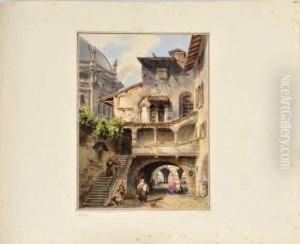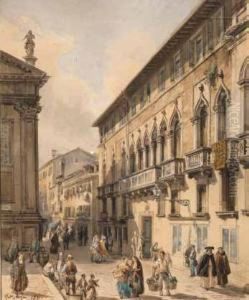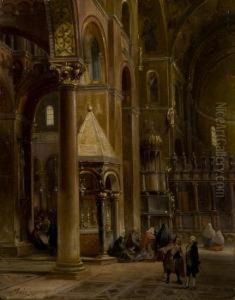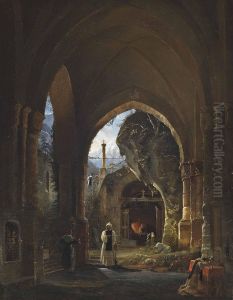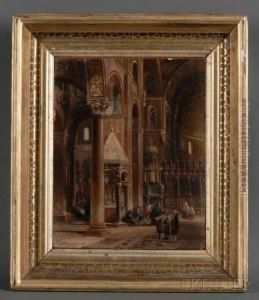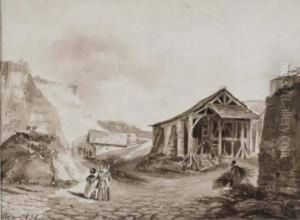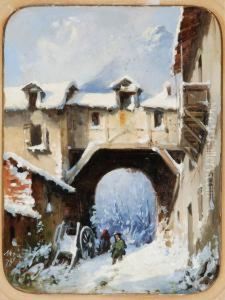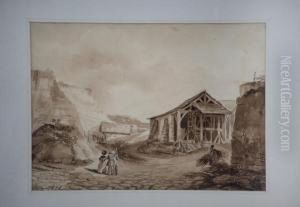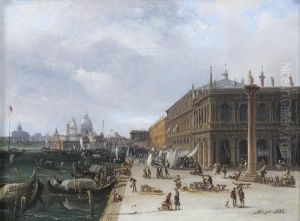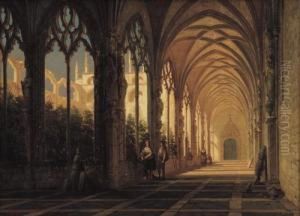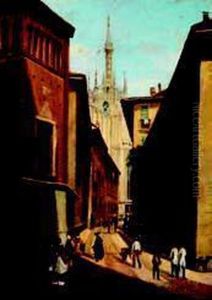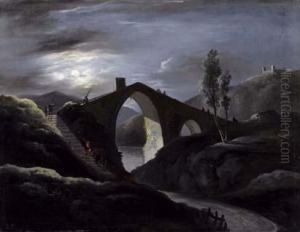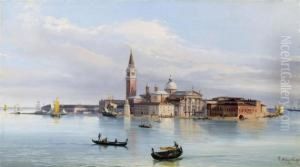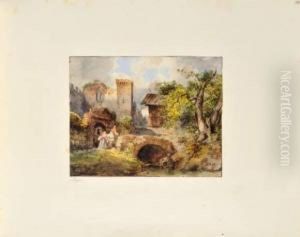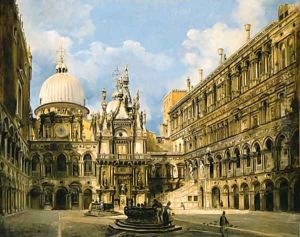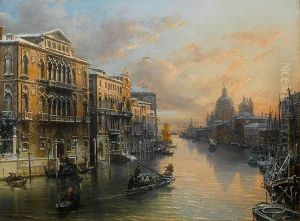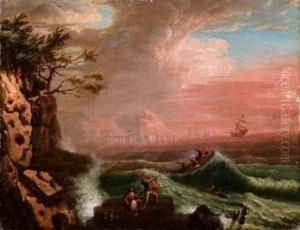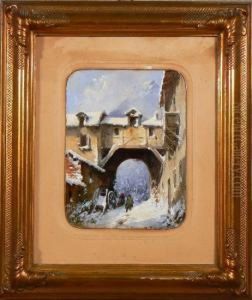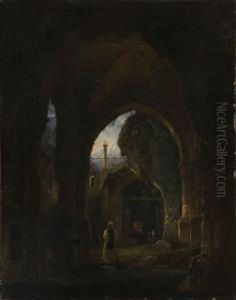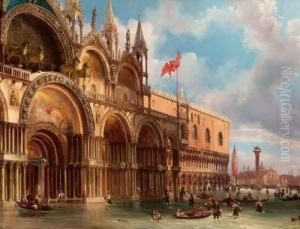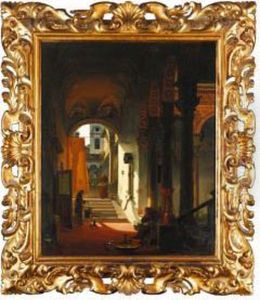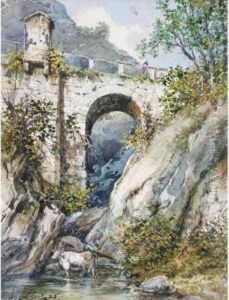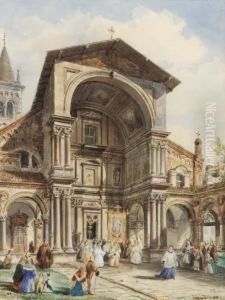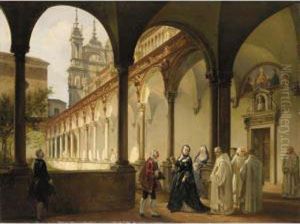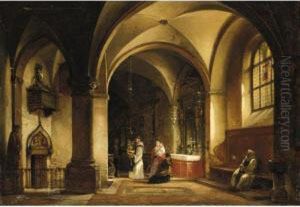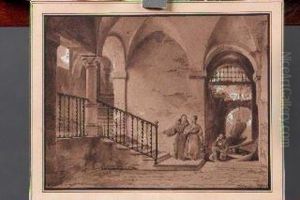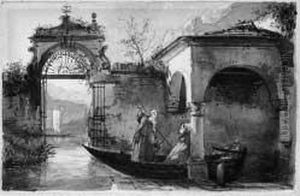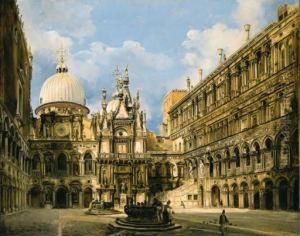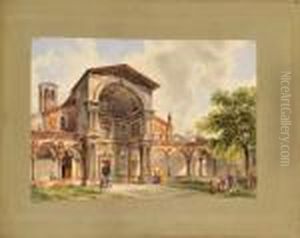Frederico Moja Paintings
Federico Moja was a notable Italian painter who lived during the 19th century. Born in Milan, Italy, in 1809, Moja was recognized for his significant contributions to the Lombard painting tradition. He was particularly known for his historical and religious works, which were characterized by a refined technique and attention to detail.
Moja studied at the Brera Academy in Milan, where he was influenced by the Romantic movement, which was prevalent during that period. His style, however, was also shaped by the Neoclassical aesthetic, reflecting a blend of emotional expression and a return to classical themes and forms.
Throughout his career, Moja was a successful artist, receiving commissions from a variety of patrons, including the church and the aristocracy. Some of his notable works include frescoes in the Cathedral of Monza and the Church of San Marco in Milan. His paintings often depicted scenes from mythology and history, rendered with a dramatic flair that was appealing to the tastes of his contemporaries.
Moja was also an educator, teaching at the Brera Academy where he once studied. His role as a teacher allowed him to influence a generation of Italian artists, contributing to the development of the Lombard painting tradition.
Federico Moja's death in 1885 marked the end of a career that had a lasting impact on the Italian art scene. His works continue to be appreciated for their artistic merit and serve as a testament to the rich cultural heritage of Italy during a time of significant transition in the art world.
